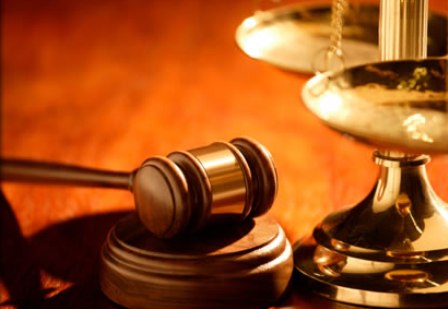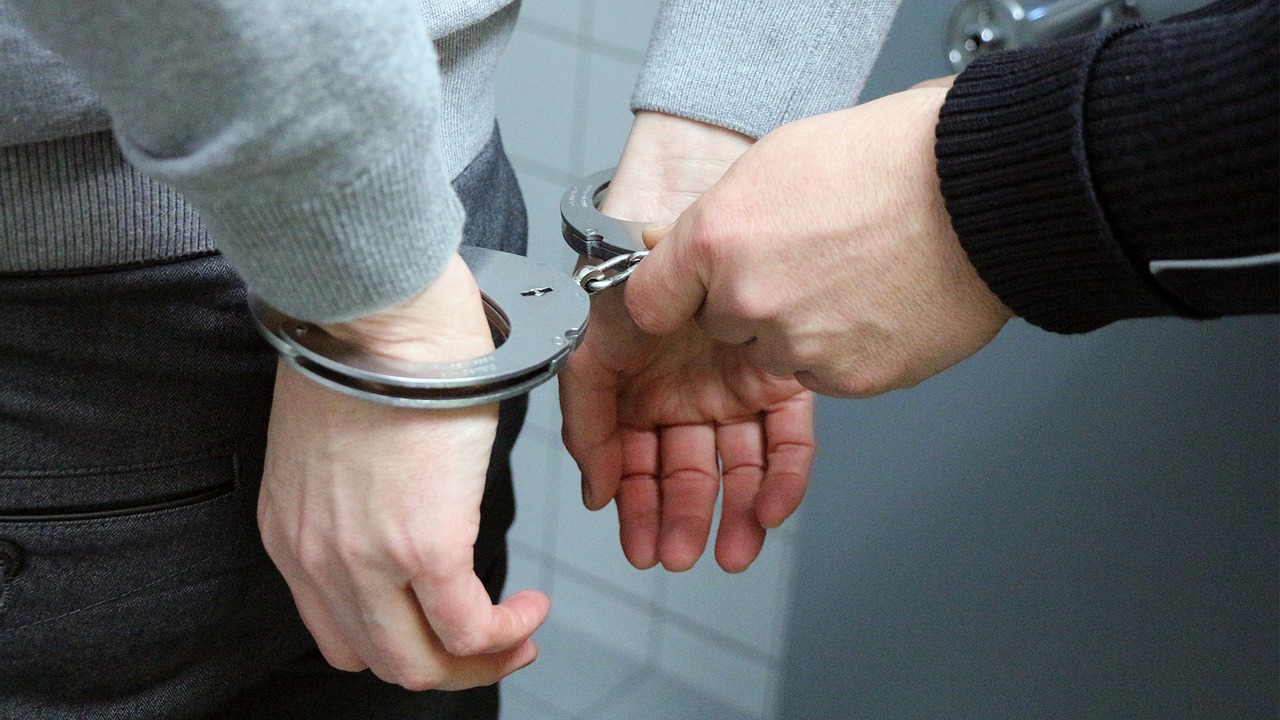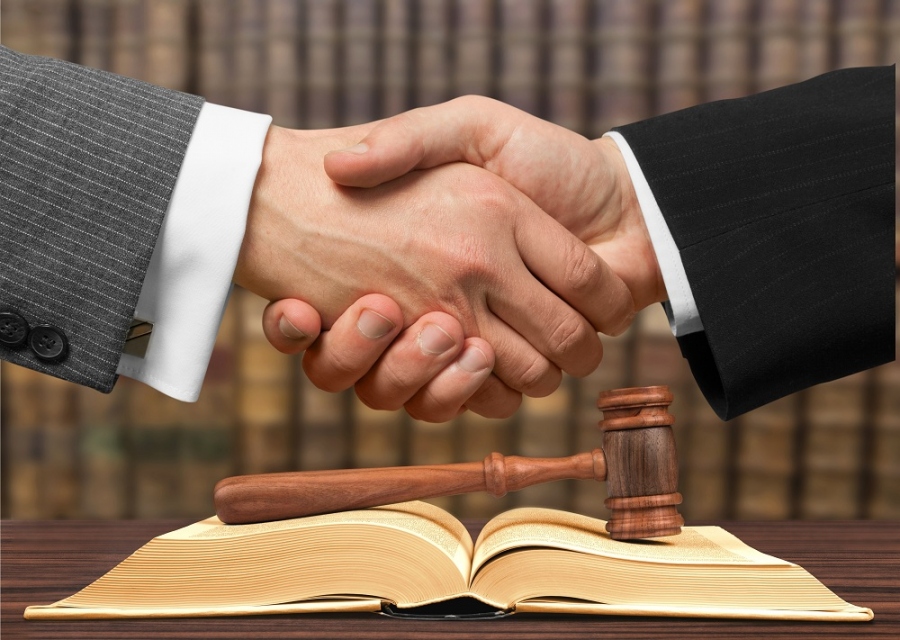Bail Bonds Process Explained Practically everyone knows what bail is. It’s been a part of television police and crime dramas for decades. Anyone who sees more than a few episodes of such series has seen at least one arraignment. But there’s more to bail than just entering a plea and writing a check.
Arrest vs. Notice to Appear
The only real purpose for bail is to guarantee a defendant’s appearance at trial. Under the U.S. criminal justice system, a defendant is presumed innocent and cannot be legally jailed until convicted. However, a court has discretion to compel that defendant to appear at trial. Sometimes police officers will simply write a ticket for traffic infractions and minor offenses. More serious crimes that result in arrest require a more substantial guarantee.
After an arrest at the arraignment, the court will ask the defendant to enter a plea. If the plea is “not guilty” the court will schedule a trial date and decide how to make sure the defendant shows up. Often they will ask for bail, which is an amount of money or property held by the court until the trial concludes, at which point it is returned. If bail is posted, the defendant is released. If not, they are usually held in confinement until the trial.
A Bond is a Guarantee
If a defendant is unable to afford bail, they can enlist the aid of a bail bondsman. A bail bond is posted with the court on a defendant’s behalf for the full amount. The defendant is only required to put up a small percentage of the value of the bond, usually ten percent. They pay that money to the bail bondsman.
After the trial, the bond is fulfilled and the funds are returned to the bondsman. The fee is kept by the bail bondsman as payment for the service. Essentially the bail bond company is guaranteeing the appearance of the defendant on their behalf. Bonds are accepted or denied by courts on a case by case basis.
Failure to Appear
If a defendant fails to appear after bail has been posted by the defendant or the bail bond company, bail can be “canceled” and the court can issue a warrant for the defendant’s immediate arrest on the new charge of failing to appear for trial. Bail bond agents have wide latitude to pursue and arrest defendants who fail to appear on their own. Their arrest powers are based on the legal authority to arrest the defendant as a consequence of the original charge. Failing to appear for trial can also be grounds for a court to withdraw the bail privilege and confine the defendant until the trial’s conclusion.
Rights of the Defendant
It is always good advice to consult with an attorney as rapidly as possible before contemplating appearance at an arraignment. All defendants are guaranteed a right to counsel, and determining the best way to proceed when analyzing bail, pleas, potential involvement of a Grand Jury or the possibility of filing any one of a number of pre-trial motions are activities that are usually beyond the competence of the average defendant.
Learning as much as possible about how bail works is a good first step towards preserving and protecting the rights of the accused in any legal process.
John Keefe is an avid blogger and professional bail bondsman in Oklahoma City, OK. John is passionate about sharing information online through his blogs, on youtube, and provides bail bonds services in OKC to his local community while working with C&K OKC Bail Bonds.




